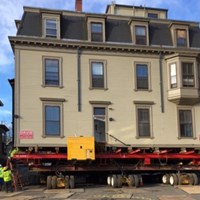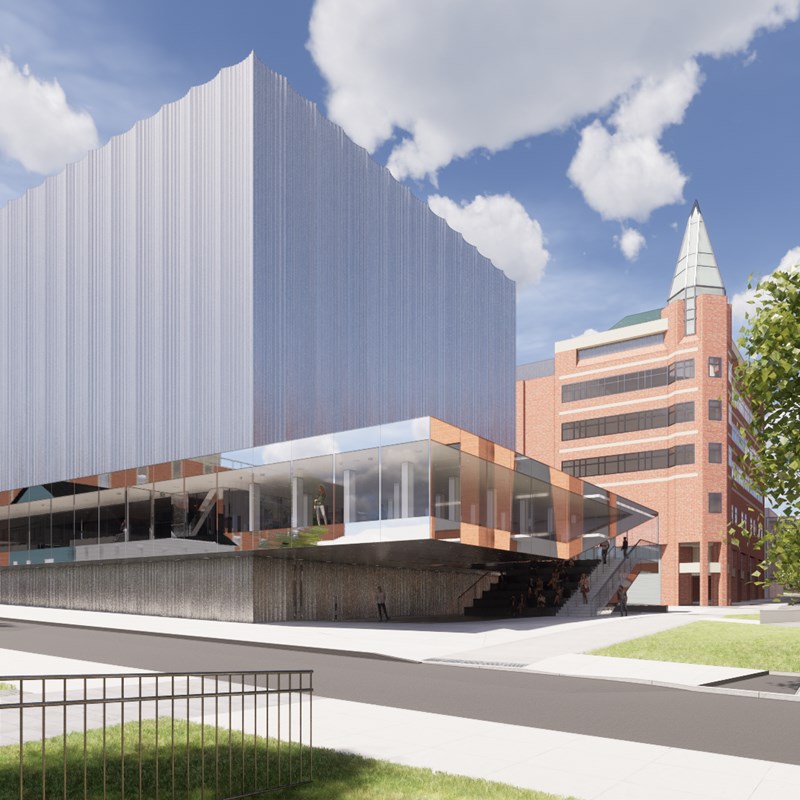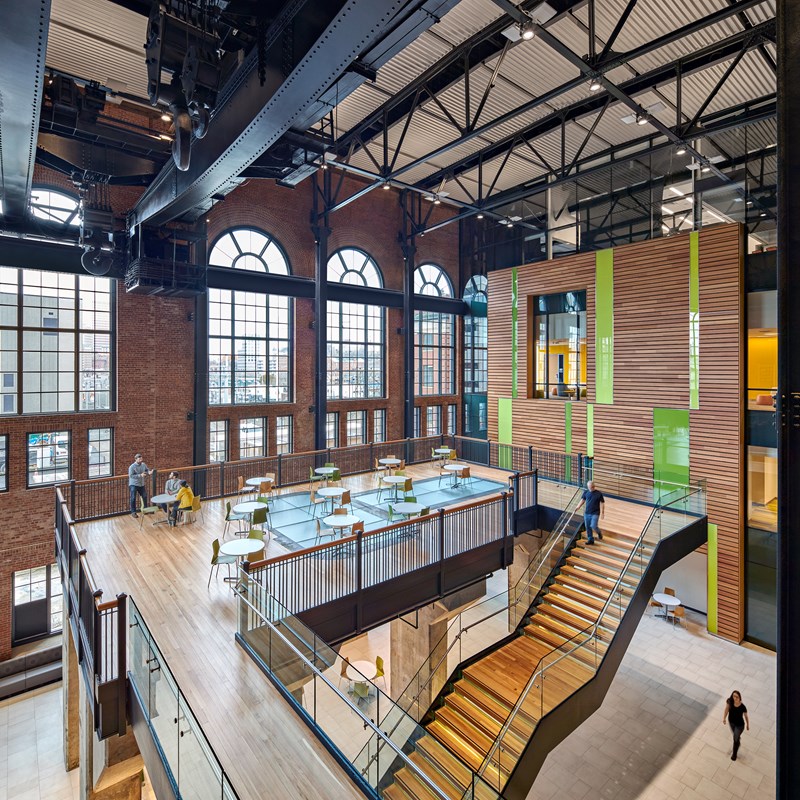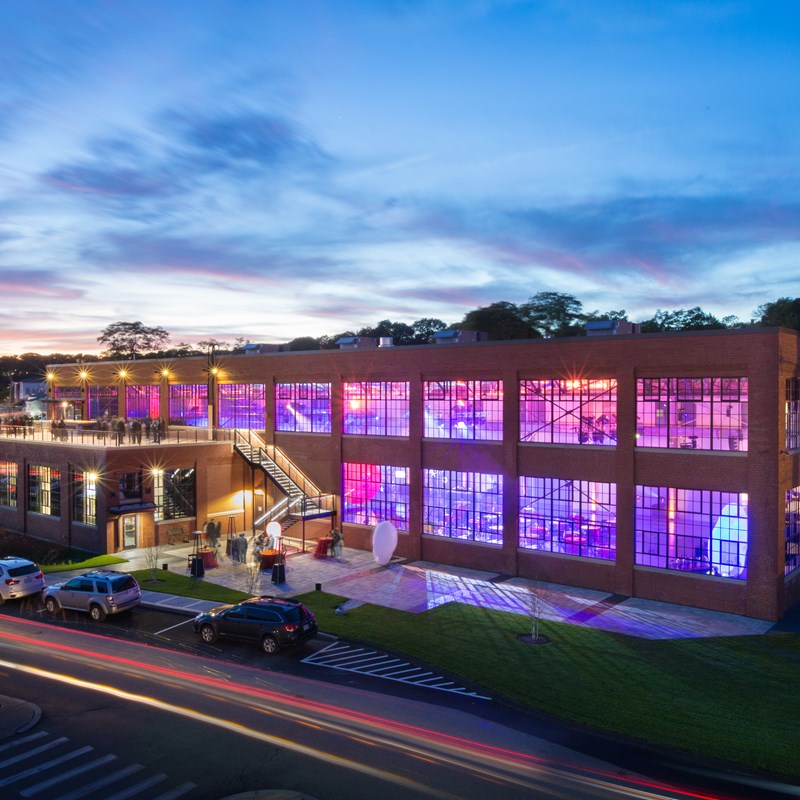July 30, 2020
The idea of relocating existing structures is not new. For centuries, communities have recycled old buildings to use in new locations. Examples of historic barns and homes that were once sited in different locations abound in New England.
Today, a variety of factors, including a renewed focus on sustainable building practices, historic preservation, sea level rise and coastal erosion, are driving more interest in building relocation. Modern technology and engineering know-how can make more ambitious and challenging moves possible.
David J. Odeh recently wrote in Structure Magazine: “Large scale transport of equipment and structures is common in the shipbuilding, bridge construction, and aerospace industries. These movers make use of specialized equipment, such as computer controlled “self-propelled modular transporters” (SPMTs), to safely support massive weights on rolling platforms...Moving historic structures uses many of the same technologies, but requires special considerations unique to buildings.”
The Odeh team has worked on numerous high profile relocation projects with our design and construction partners (see photos of Sharpe House in Providence, and Orchard Beach Pavilion in Michigan slated for relocation this fall due to coastal erosion). Using reality capture tools, we carefully document existing conditions and surrounding site conditions to create a virtual model of the building to be moved. New foundations must accommodate the moving process, and the building must often be retrofitted to meet modern code requirements.
Whatever the reasons, building relocation can be a great option to preserve culturally important architecture, and in urban environments can help to open up space for new development.
To read more about the Sharpe House relocation, see David J. Odeh's article in Structure Magazine



.JPG)


